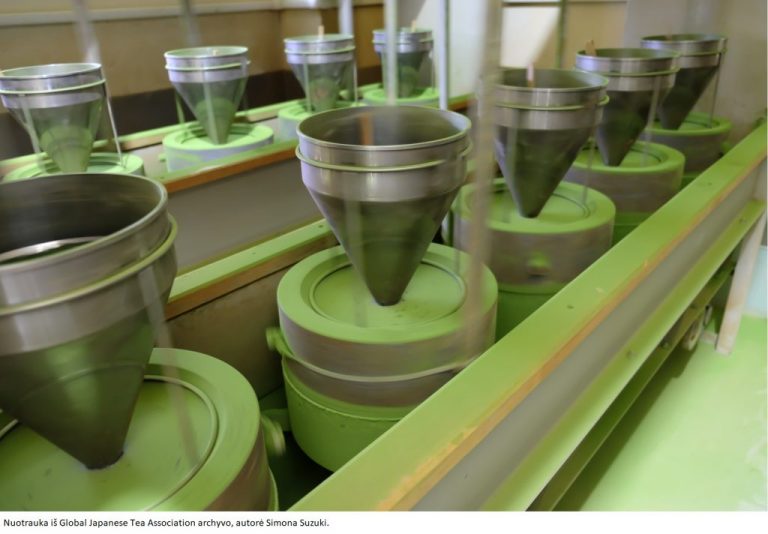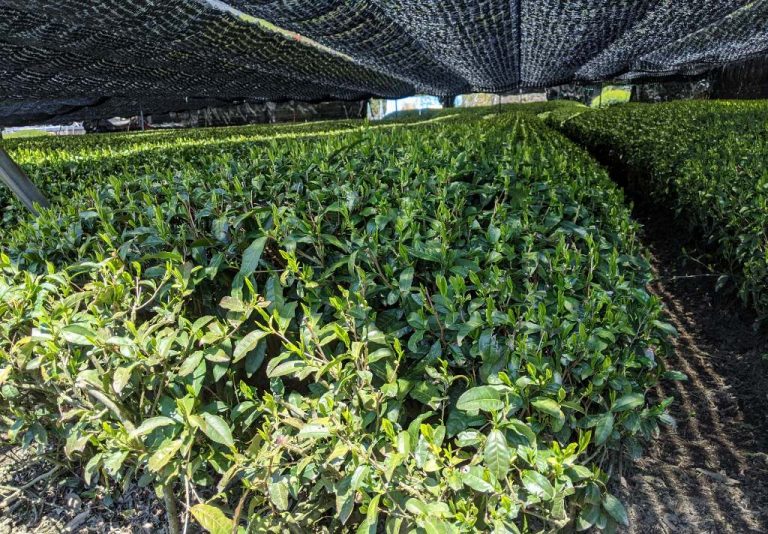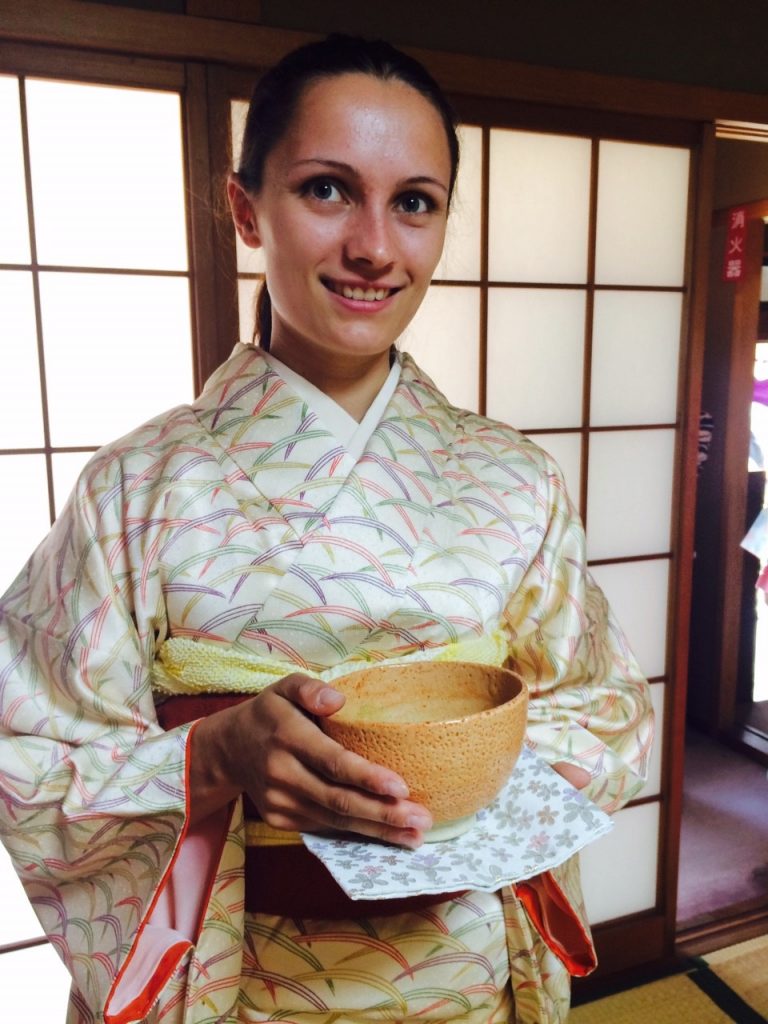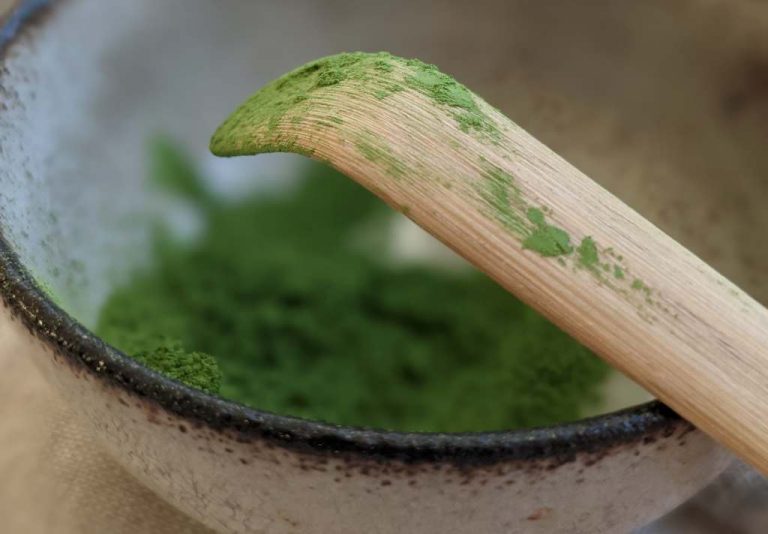Matcha tea – 10 interesting facts to know. A brief history of Japan’s beloved tea, from the tea fields to the cup. What is matcha and how to prepare it?
1. Matcha - a tea valued since ancient times
Matcha is a very finely ground powder of green tea leaves. Due to its high concentration of beneficial substances, caffeine and L-theanine, it has been known since ancient times as the elixir of immortality.
2. Fabrication is a slow process
Making matcha is a long and complex process. Only about 30-40 g of ceremonial matcha powder is ground per hour. This speed is maintained to preserve the quality of the tea. If the grinding process is faster, the temperature inside the mill would rise, which would affect the quality of the tea. The industry uses different mills for grinding culinary grade matcha. They grind up to 10 kg per hour.

3. Quality is determined by colour
The quality of matcha is determined by the colour of the powder. The brighter and richer the green colour of the powder, the higher the quality of matcha.
4. Unique taste and colour is due to the special cultivation of the tea plants
The tea’s very bright green colour, special sweetness and umami, leafy flavour are due to the special cultivation of the tea trees: the tea bushes are covered and grown in the shade for four weeks before the picking begins.

5. Matcha's invigorating, tonic effect makes it a great competitor to coffee
Coating the tea trees not only gives matcha tea a distinctive taste and eye-catching colour, it also increases the concentration of L-theanine and caffeine in the leaves. Due to its high content of L-theanine and caffeine, matcha has a strong and long-lasting tonic, invigorating, concentration-enhancing and mentally productive effect. Its high caffeine content makes it a great alternative for coffee lovers.
6. Matcha is extremely rich in body-healthy properties
Matcha tea is often referred to as a “superfood”. Rich in antioxidants, matcha is thought to improve immunity, reduce the risk of heart and circulatory problems, help normalise metabolism and weight loss, and maintain healthy skin, digestion and oral hygiene. When you drink matcha, you consume the tea leaves themselves, so a cup of matcha is far superior to a regular cup of green tea in terms of benefits.

7. Traditionally served in the tea ritual
Traditionally, matcha is prepared and served in a ritualistic tea ceremony. The Matcha ceremony is a meditation on tea. In the ceremony, tea is drunk in silence, in concentration, with a sense of harmony and aesthetics, fostering peace, respect and purity.
8. Simple and quick to prepare at home

9. Water temperature determines the taste of tea
Matcha is prepared using 80 °C temperature water. Hotter water produces more caffeine and more bitter notes in the tea. The cooler water helps to bring out the sweet notes in the tea.
10. It is customary to sweeten the palate before drinking matcha
Traditionally, it is customary to eat a small sweet before drinking matcha. The contrast of flavours is thought to enhance the matcha tea experience, as well as prepare the digestive system for a cup of matcha.
Have a delicious tea,
Ruta

